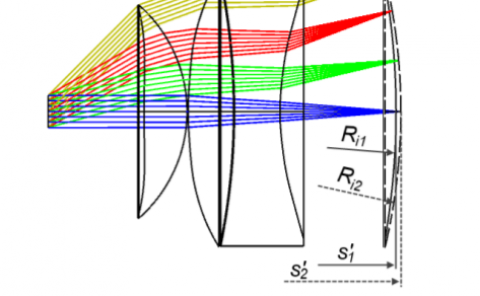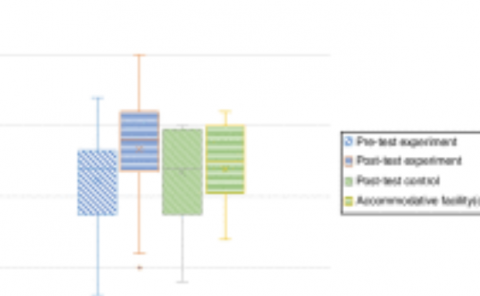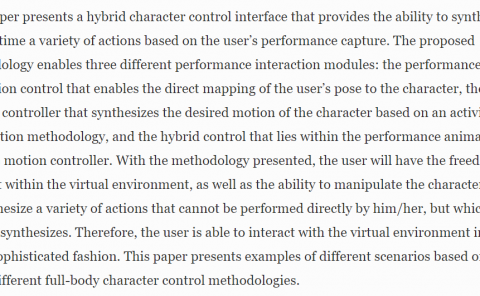Reconstructing Human Pose from Inertial Measurements: A Generative Model-based Compressive Sensing Approach
PubDate: Otc 2023
Teams: University of Technology Sydney;University of Canberra
Writers: Nguyen Quang Hieu, Dinh Thai Hoang, Diep N. Nguyen, Mohammad Abu Alsheikh

Abstract
The ability to sense, localize, and estimate the 3D position and orientation of the human body is critical in virtual reality (VR) and extended reality (XR) applications. This becomes more important and challenging with the deployment of VR/XR applications over the next generation of wireless systems such as 5G and beyond. In this paper, we propose a novel framework that can reconstruct the 3D human body pose of the user given sparse measurements from Inertial Measurement Unit (IMU) sensors over a noisy wireless environment. Specifically, our framework enables reliable transmission of compressed IMU signals through noisy wireless channels and effective recovery of such signals at the receiver, e.g., an edge server. This task is very challenging due to the constraints of transmit power, recovery accuracy, and recovery latency. To address these challenges, we first develop a deep generative model at the receiver to recover the data from linear measurements of IMU signals. The linear measurements of the IMU signals are obtained by a linear projection with a measurement matrix based on the compressive sensing theory. The key to the success of our framework lies in the novel design of the measurement matrix at the transmitter, which can not only satisfy power constraints for the IMU devices but also obtain a highly accurate recovery for the IMU signals at the receiver. This can be achieved by extending the set-restricted eigenvalue condition of the measurement matrix and combining it with an upper bound for the power transmission constraint. Our framework can achieve robust performance for recovering 3D human poses from noisy compressed IMU signals. Additionally, our pre-trained deep generative model achieves signal reconstruction accuracy comparable to an optimization-based approach, i.e., Lasso, but is an order of magnitude faster.



